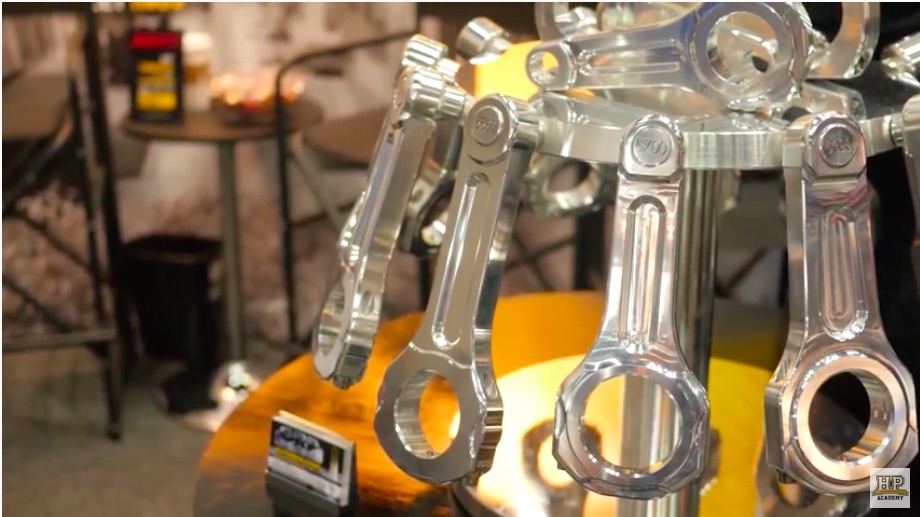Bet you didn’t think you were going learn anything today, did you? Well we’re going to prove that idea wrong here with this awesome video discussion with the guys at GRP Connecting Rods that goes over the pros and cons of aluminum rods. This talks about where they work great, where they’re not suited, and a lot of factors you should be considering if you are building an aluminum rod engine or are thinking about it. Heck if you are someone who runs aluminum rods you may b into this just so you know what you’re dealing with inside that hairy engine of yours!
There are certain things that we take for granted about aluminum connecting rods. Some of those things (as you’ll learn) are rooted in fact and others are just seemingly self perpetuating ideas that aren’t really supported with anything but old hot rodder stories.
Connecting rods may look like the simplest parts of your engine and their job is undoubtedly about as straight forward as it gets, right? Hold onto the crank, hold onto the piston, and don’t let go! There’s a lot going on to make that happen and that’s why his is a great tech chat. Press play!













Great Video,especially since I have a hi comp., hi rpm, 358ci Gen 1 SBC that came out of a drag car with aluminum rods that I have in my MGB street car. Don’t think I’m going to have many problems, low street mileage (1000/1500 a year), really careful with temps, only sees 7000rpm/8000rpm rarely, does seem like I need to cool it with the downshifts though.Again, great video
al-u-MIN-eum
Titanium connecting rods have been used for decades in high-end applications where the strength and longevity of steel is required, but the lightweight characteristics of aluminum are desired. That comes with a price; titanium rods typically are typically four times the cost of a billet steel rod. The other drawback is that titanium rods do have a fatigue life in race applications and are typically switched out every 40-80 hours. Cars like the Acura NSX, some Chevrolet Corvette models, and Porsche 911 GT3 favor titanium rods, but their cost along with the exotic nature of the vehicles they reside in is reflected in the overall cost of the vehicle.